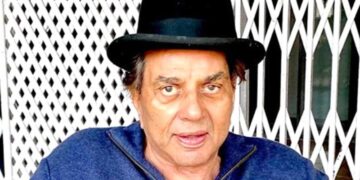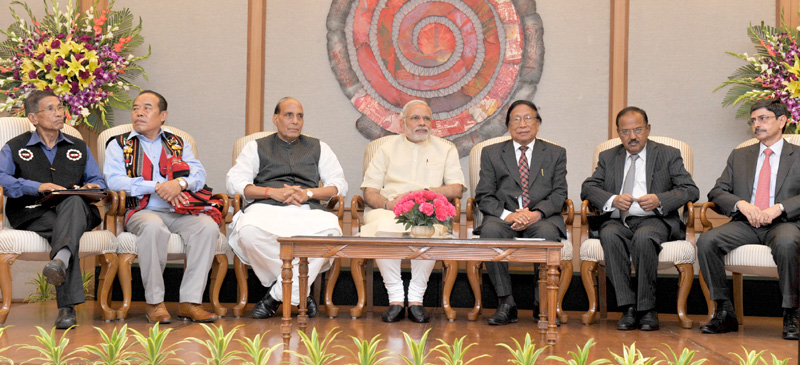The November 2022 edition of Nagalim Voice, the bimonthly magazine of the National Socialist Council of Nagalim – Isak Muivah (NSCN–IM) opened with the blunt headline “NSCN is wary of the Government of India.”
The magazine then went on to describe the Government of India’s approach as akin to a “delaying game” that is increasingly “getting into the nerves” of the group’s negotiators.
NSCN–IM remarks about New Delhi’s ill intent are not particularly unusual – the group has long claimed that the Indian state, in cahoots with the NSCN–IM’s rival Naga armed groups, is waging a cynical form of protracted political warfare via the peace talks to wear out the Naga movement.
Yet many pinned significant hopes on 2022 as a year of breakthrough in the now quarter of a century-long Indo-Naga peace process. 2022 marked the first full year without the former government interlocutor and ex-Governor of Nagaland R.N. Ravi.
During Ravi’s final two years as negotiator, goodwill between the NSCN–IM and Ravi had nosedived to the point of full-blown crises. These crises had, at their origins, the deadlock over the NSCN–IM’s demand for a separate Naga flag and constitution.
Unable to resolve this deadlock, tensions then bled into other dimensions of the ceasefire and peace process, as both Ravi and the NSCN–IM traded accusations of insincere behaviour on the part of the other.
Ravi’s reposting to Tamil Nadu in September 2021 underlined New Delhi’s intent to make amends. While replacing interlocutors to refresh the peace talks is not particularly new, Ravi had perhaps been built up more than any previous interlocutor through his appointment as Governor of Nagaland. His reposting and the appointment of a new interlocutor, then, signalled an opportune moment to restore goodwill and trust to the peace process.
Indeed, key developments at the beginning of 2022 gave good reason to be optimistic. In April, the new interlocutor, A.K. Mishra travelled to the NSCN–IM’s headquarters near Dimapur, Camp Hebron, to hold the first round of talks ever held there.
The decision to lift the Armed Forces Special Powers Act (AFSPA) fully from three districts and partially from four other districts in Nagaland also represented a significant positive step. Beyond the peace process, there have been hints that moves towards Naga unity may be possible to enable one composite peace agreement.
The Forum for Naga Reconciliation’s September “Joint Accordant” and October agreement to form a “Council of Naga Relationships and Cooperation” lays the groundwork to build the trust needed to bring the parties together in a final peace agreement.
However, there has been little progress in breaking beyond the flag-constitution deadlock. As the November edition of Nagalim Voice states, “what God has given cannot be a topic of bargaining in the Indo-Naga negotiating table.”
To be sure, both parties face their own constraints in the negotiations and cannot simply conjure up a resolution out of thin air. The Indian government is bound by the Constitution and in particular the precedent set by the abrogation of Article 370 in Kashmir. The NSCN – IM, for its part, considers the flag and constitution as vital to its claim to Naga sovereignty, which is underpinned by the idea of the unique culture, history and identity of the Naga people.
To finalise the peace process, both sides need to walk the extra mile. The NSCN–IM essentially needs to recognize that a constitution separate to that of the Constitution of India is not viable, particularly since the abrogation of Article 370 in Kashmir nullified any previous precedent. At the same time, the Government of India should seek to accommodate key provisions of a Naga yezhabo creatively by expanding the protections afforded to Naga customary law, drawing on existing frameworks afforded by for example Article 371(A) and the proposed Manipur (Hill Areas) Autonomous District Councils Bill.
To achieve the negotiating space for this, New Delhi could improvise around the issue of the Naga flag. Although some constraints exist (such as ensuring that the flag does not sit above the Union flag in official settings), a provincial flag is technically not prohibited but represents an excellent opportunity for New Delhi to convey its recognition and affirmation of the uniqueness of Naga history.
Dr Alex Waterman is a Research Fellow at German Institute for Global and Area Studies, Hamburg.















